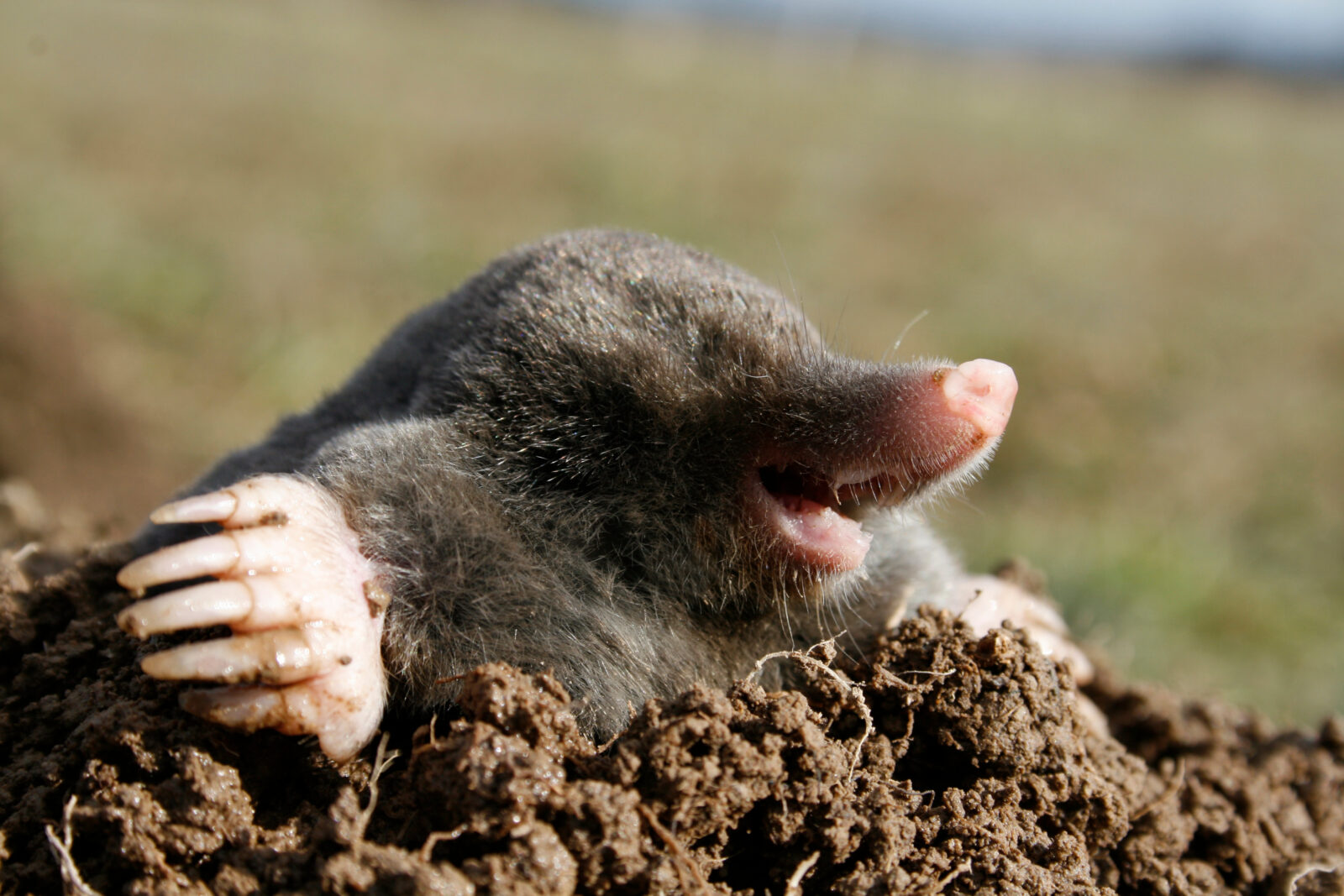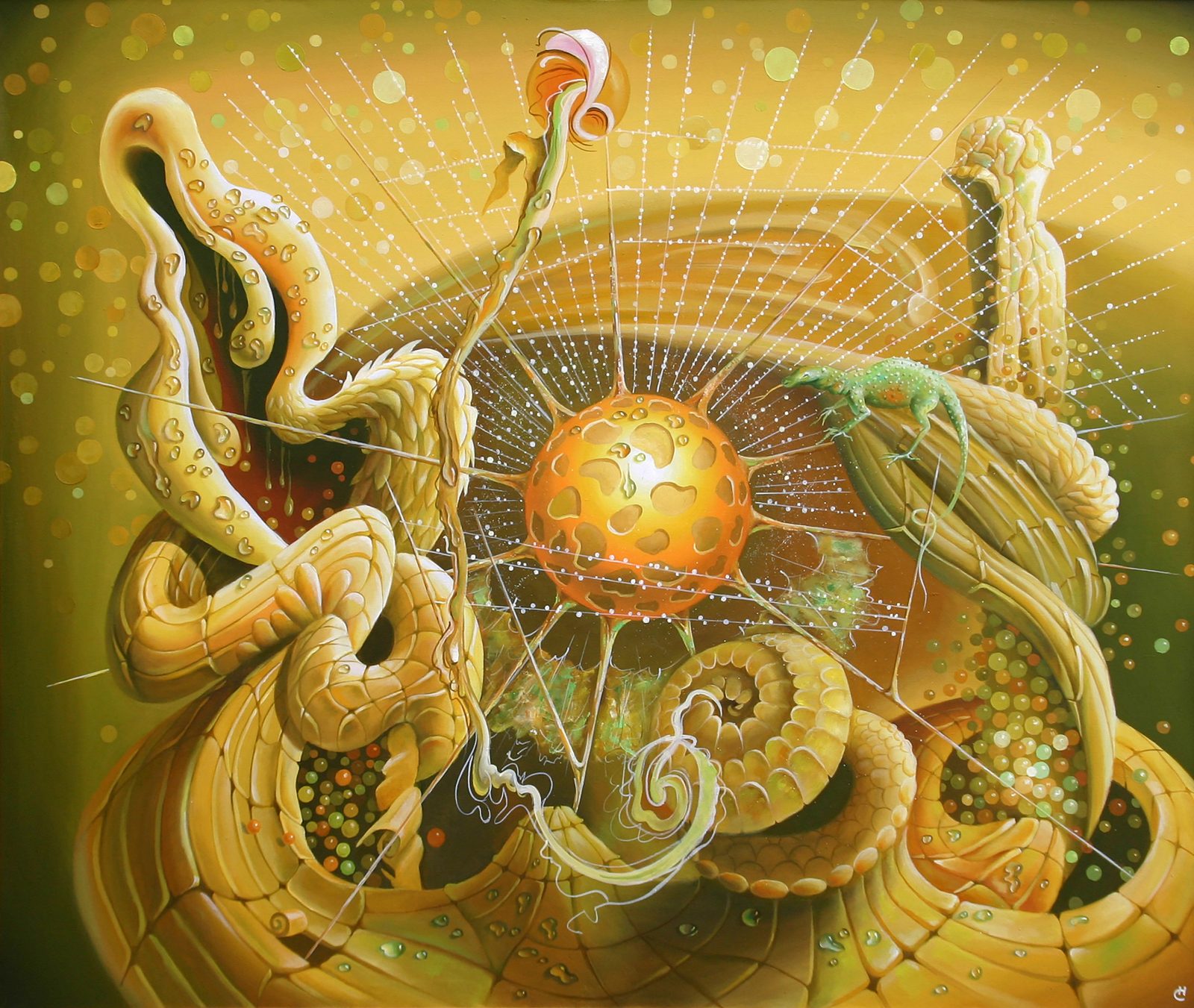


Could Blind Forces Build a Self-Replicating Molecule?
On today’s ID the Future, scientist and Stairway to Life co-author Rob Stadler and host Eric Anderson examine a recent PNAS paper on origin of life, “An RNA Polymerase Ribozyme that Synthesizes Its Own Ancestor.” A superficial look at the paper—and the paper’s title in particular—might give the impression that the laboratory findings behind the paper render the blind evolution of the first self-replicating biological system appreciably more plausible. Not so fast, says Stadler. Listen in as he and Anderson highlight various ways the laboratory work in question is wildly unrealistic. And for a video exploring the many problems involved in blindly evolving the first self-replicator, check out a new Long Story Short animated YouTube video, created with input from Read More ›

Origin-of-Life Mystery at the University of Tokyo, Pt. 2
Today’s ID the Future is Part 2 of physicist Brian Miller exploring a recent report from the University of Tokyo claiming a big breakthrough in origin-of-life research. As Miller and host Eric Anderson make clear, the university’s laboratory work on RNA, detailed in a recent Nature Communications article, involved the intelligent interference of the lab scientists and, despite this intelligent interference, the devolution of RNA rather than the evolution of increasing RNA sophistication. Miller says that it’s ironic that Steven Novella, a scientist committed to puncturing science hype, seems to have fallen for the hype surrounding this laboratory work. Miller and Anderson go on to discuss critiques of origin-of-life tall-tale claims, critiques coming Robert Shapiro, James Tour, and others. Life, Read More ›

New Animated Video Dismantles Origin-of-Life Hype
Today’s ID the Future spotlights a new origin-of-life video showing that researchers aren’t anywhere close to creating life from non-life, despite the fact most Americans seem to believe otherwise. In the episode, host Eric Anderson interviews Stairway to Life co-author Rob Stadler, who helped create the new Long Story Short animated video. Stadler and Anderson explore how origin-of-life papers and popular media reports have misled the public, evidenced by a survey underscored by Rice University synthetic organic chemist James Tour. Then they discuss several daunting origin-of-life hurdles beyond the synthesis of key chemical building blocks. These are hurdles significant enough that each alone may doom the idea of life having once emerged from non-life spontaneously. Indeed, it is now a Read More ›

ID Pioneer Michael Behe Tangles with Two Philosophers, Pt. 2
In today’s ID the Future, intelligent design pioneer Michael Behe continues his conversation with philosophers Pat Flynn and Jim Madden. Here in Part 2 of a three-part series, Behe offers an illustration from language and Madden presses him, noting that meaning detection in language is not parts to whole. A lively exchange ensues and then Behe turns the discussion back to his primary focus, detecting design in molecular biological machines by recognizing the purposeful arrangement of parts. From there the conversation turns to everything from epigenetics, systems biology, and autopoiesis to co-option, mousetraps, tie clips, biologist Kenneth Miller, and the philosophers Aristotle and Thomas Aquinas. For Behe’s newest book, A Mousetrap for Darwin, go here. This discussion is presented here with permission of philosopher Read More ›

RNA World in a World of Hurt
On this ID the Future, biophysicist Cornelius Hunter and host Eric Anderson discuss the RNA World hypothesis, an explanation for how the first self-reproducing organism might have arisen via mindless chemical processes. Hunter and Anderson have each written on the topic, and together they unpack some of the many and growing problems with this RNA-first explanation for the origin of life. They also spotlight some recent admissions in mainstream scientific publications that it’s time to move on from the cherished but embattled RNA World. The conversation pivots off of a recent essay by Hunter at Evolution News, “RNA World: Repeated Downfalls, Repeated Resurrections.” For more on the challenges of creating the first self-reproducing biological entity, see Eric Anderson’s Chapter 3 Read More ›